Plasma Proteins That Remain in the Blood Capillaries Help to
Which type of blood vessel holds the greatest volume of blood. Maintain the osmotic pressure of the blood.
Additionally this barrier is negatively charged which helps to repel negatively charged plasma proteins.
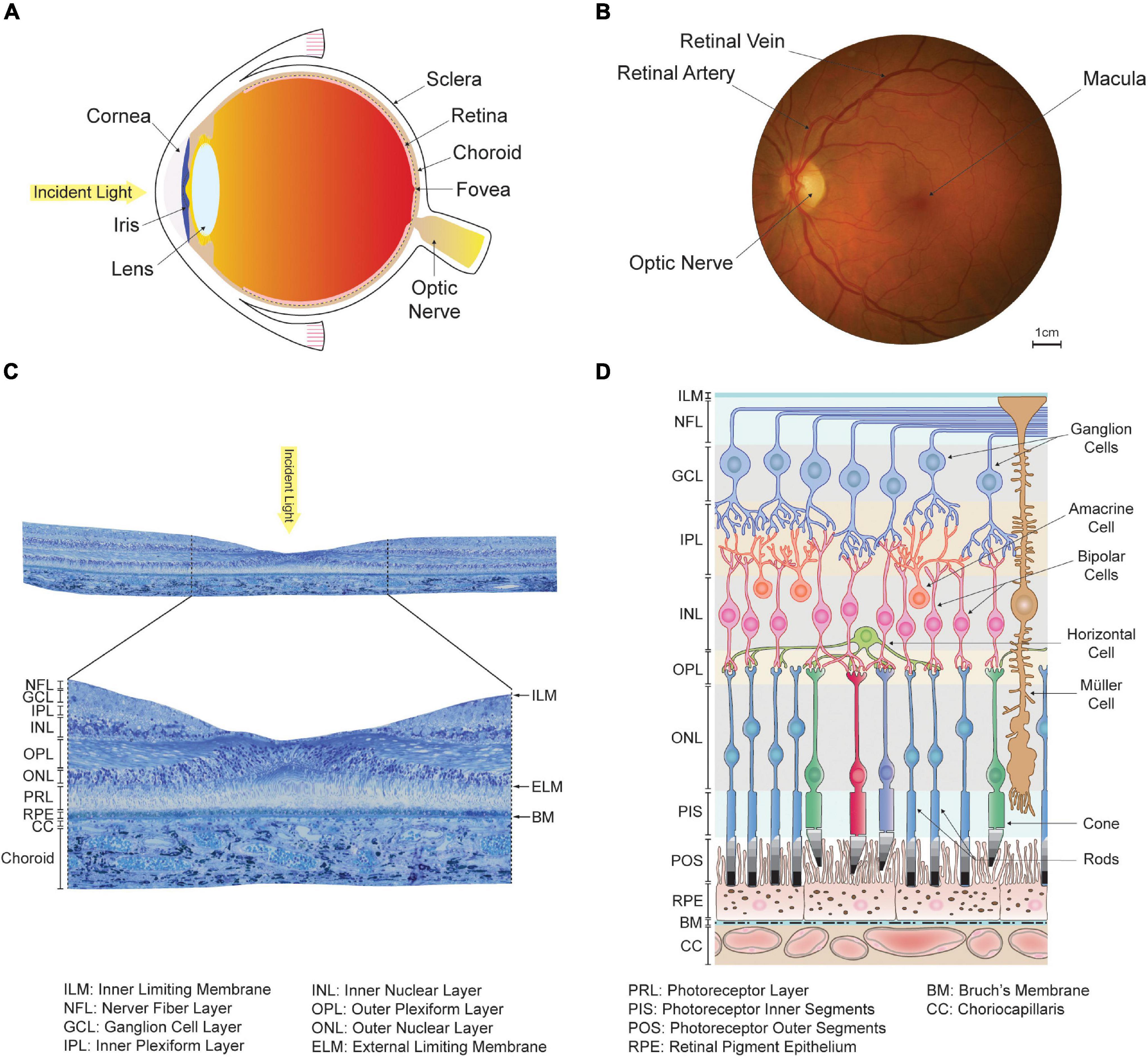
. Increase the osmotic pressure of the blood. During anaphylactic shock the capillaries become leaky and plasma proteins that normally stay inside the blood vessels escape into the interstitial fluid. C maintain the hydrostatic pressure of the blood.
B decrease the osmotic pressure of the blood. See the answer Show transcribed image text Expert Answer 1. The amount of blood that flows into capillaries is regulated by.
In normally circulating blood the proteins cannot leave the bloodstream easily and thus tend to remain in the blood. The plasma proteins suspended in blood cannot move across the semipermeable capillary cell membrane and so they remain in the plasma. Plasma proteins are the only substances that are impermeable11 to the capillary wall which creates an osmotic pressure.
The brachiocephalic artery the right common carotid artery and the right subclavian artery. One type of plasma protein also associated with blood clotting osmotic balance maintained by plasma proteins using the Starling-Landis Law of the Capillaries hydrostatic pressure pressure of the blood exerted on walls of blood capillaries high at arteriole end low at venule end causes fluid to flow out of capillaries into tissue spaces. Maintain the hydrostatic pressure of the blood.
This problem has been solved. Plasma proteins that remain in blood capillaries help to. B decrease the osmotic pressure of the blood.
This water helps to fill up blood vessels which keeps blood and other nutrients moving through the heart. Plasma proteins that remain in the blood capillaries help to maintain the osmotic pressure of the blood. The oncotic pressure of the plasma proteins is about 22 mm of mercury.
E increase the osmotic pressure of the blood. Plasma proteins that remain in the blood capillaries help to -. Maintain the osmotic pressure of the blood.
Plasma proteins that remain in the blood capillaries help. Decrease the osmotic pressure of the blood. 21 is a diagram showing a capillary network.
O decrease the hydrostatic pressure of the blood. Under normal conditions blood cells remain in the capillary so that the filtrate is composed only of water and dissolved solutes. 2 decrease Plasma proteins that remain in the blood capillaries help to A 12-year-old boy presented with periorbital edema and A 12-year-old boy presented with facial periorbital edema and bilateral pleural effusions.
Its effect on capillary exchange accounts for the reabsorption of water. Plasma proteins such as albumin have an osmotic effect. As a result blood has a higher colloidal concentration and lower water concentration than tissue fluid.
E veins capillaries 12 Plasma proteins that remain in the blood capillaries help A maintain the osmotic pressure of the blood. Maintain the hydrostatic pressure of the blood. Proteins under normal conditions blood cells remain proteins.
Plasma proteins that remain in the blood capillaries help to 1 maintain the osmotic pressure of the blood. Of those who remain attached to the plasma proteins are insoluble but they also exist in the dissolved state. 11 The vessels that permit exchange of materials between the cells and the blood are termed A capillaries.
The osmotic pressure created by plasma proteins is called the colloid osmotic pressure named to differentiate it from. Decrease hydrostatic pressure to blood. Decrease the hydrostatic pressure of the blood.
At the venous end the presence of plasma proteins allows movement of water by osmosis back into the capillaries. The blood pressure in the capillaries at arterial end is about 25 to 30 mm of mercury. Studies have shown that the glomerular barrier selects for two basic molecular features.
D decrease the hydrostatic pressure of the blood. The lymph vessels and the blood vessels at the arterial and venous ends of the network are also shown. Plasma proteins that remain in the blood capillaries help.
The remaining 8 percent of plasma contains several key materials including. After filtrate leaves Bowmans capsule it is modified by reabsporption and secretion. This does a good job of keeping most proteins from.
Although highly permeable to water and small solutes the glomerular barrier is also highly selective and prevents the passage of nearly all plasma proteins and cells. Decrease the osmotic pressure of the blood. Tissue fluid body cells capillaries lymph vessel.
What are the aortic branches. But if stasis blood flow stoppage occurs the proteins will begin to leak out into the interstitial fluid IF. A maintain the osmotic pressure of the blood.
It therefore attracts water. Anatomy and Physiology questions and answers. Step 1 of 4.
Herrera is arriving in an ambulance in anaphylactic shock due to a bee sting. Some hormones remain freely dissolved in blood while some are bound to the blood plasma proteins. Explain why this leads to edema.

Blood Flow Blood Pressure And Resistance Anatomy And Physiology
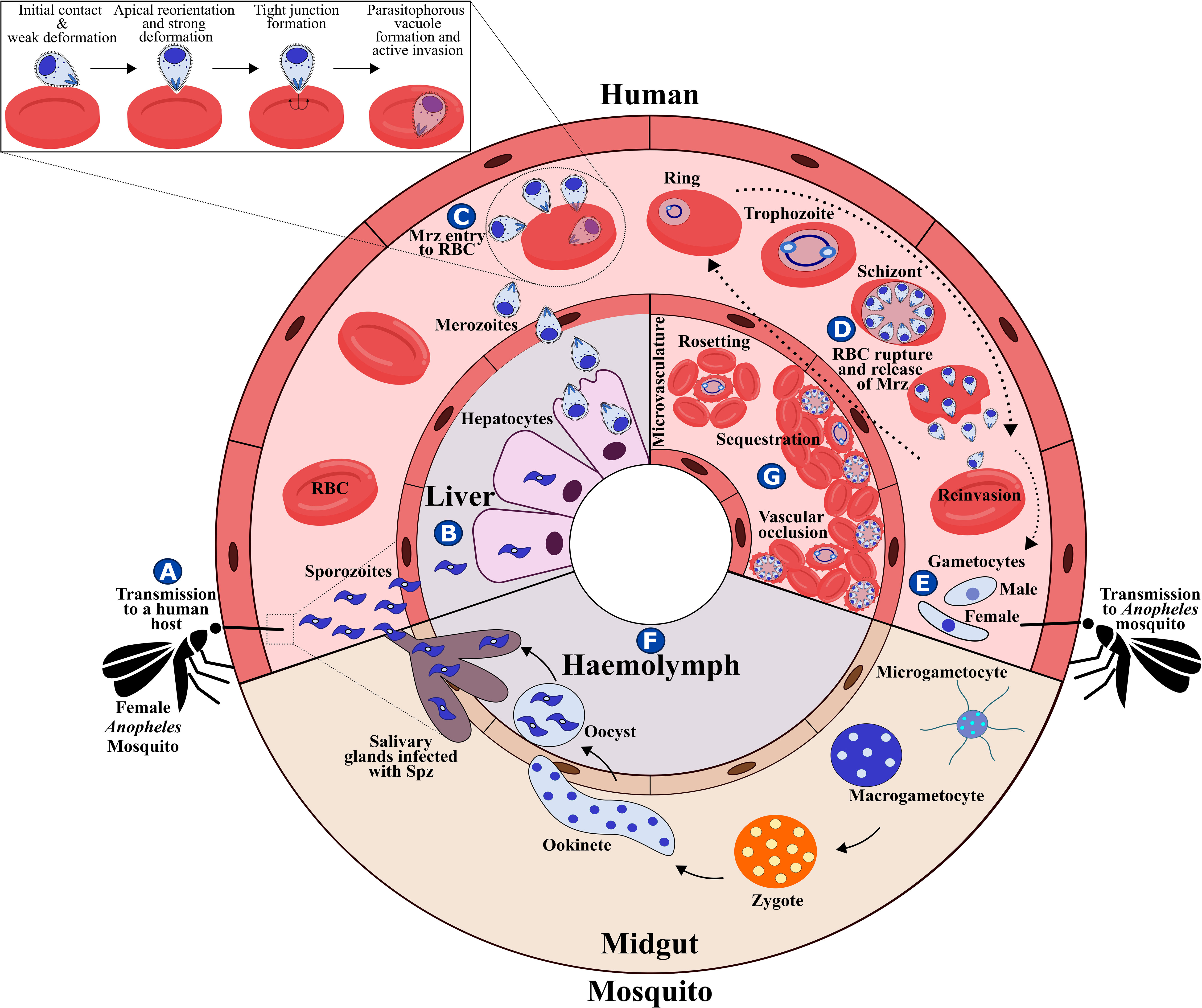
Frontiers The Cellular And Molecular Interaction Between Erythrocytes And Plasmodium Falciparum Merozoites Cellular And Infection Microbiology

Week 9 10 Blood Pressure Capillary Exchange Flashcards Quizlet

Frontiers Variability In Retinal Neuron Populations And Associated Variations In Mass Transport Systems Of The Retina In Health And Aging Aging Neuroscience
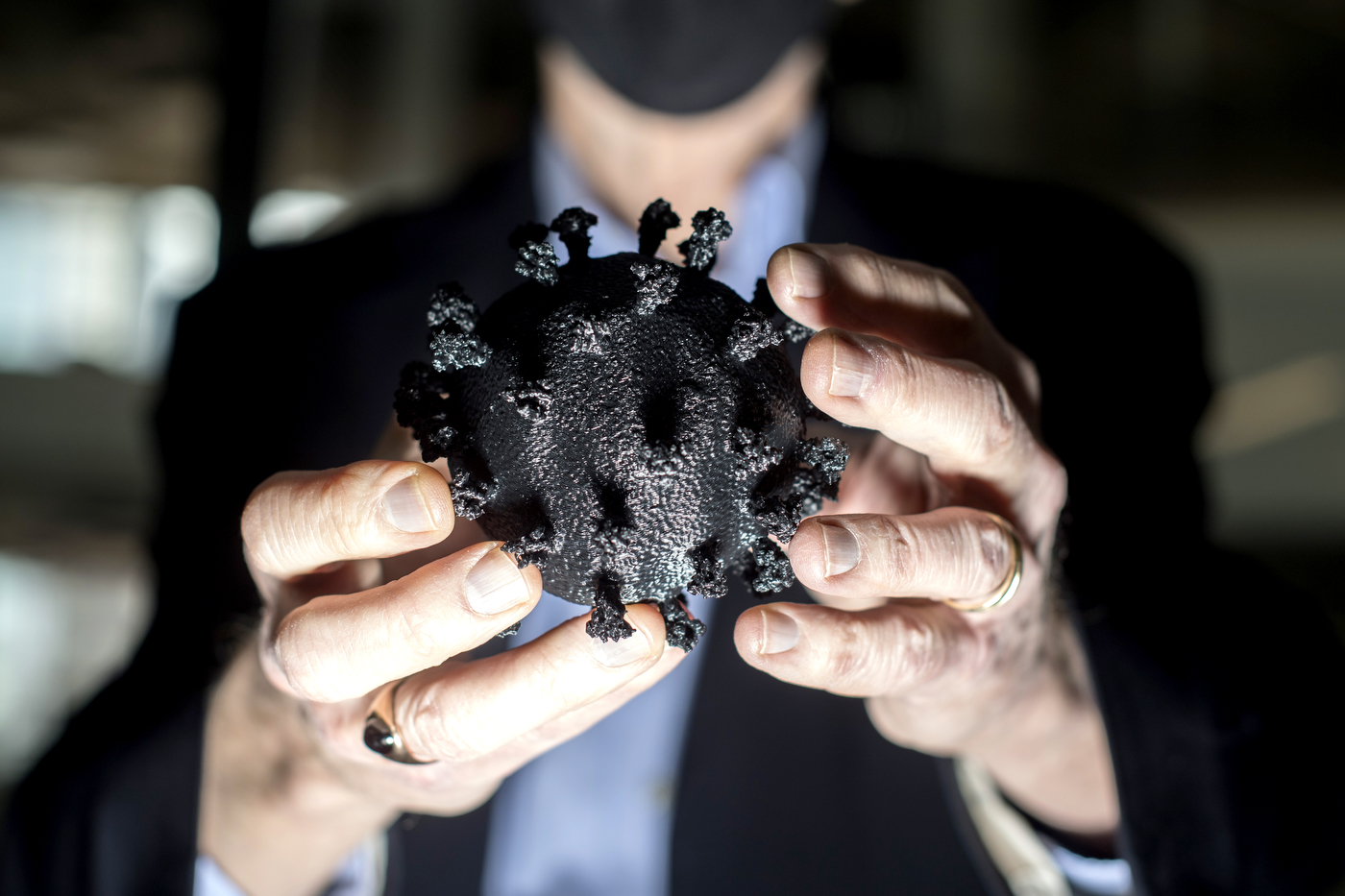
Covid 19 Can Affect The Blood Its Spike Protein May Be The Culprit News Northeastern

Capillary Exchange And Edema Animation Youtube
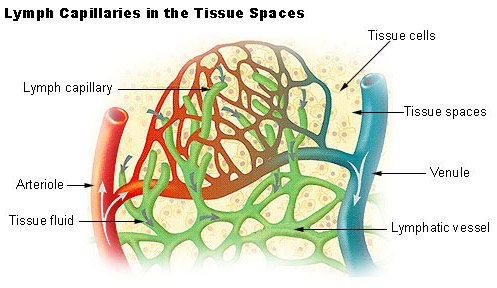
Seer Training Components Of The Lymphatic System
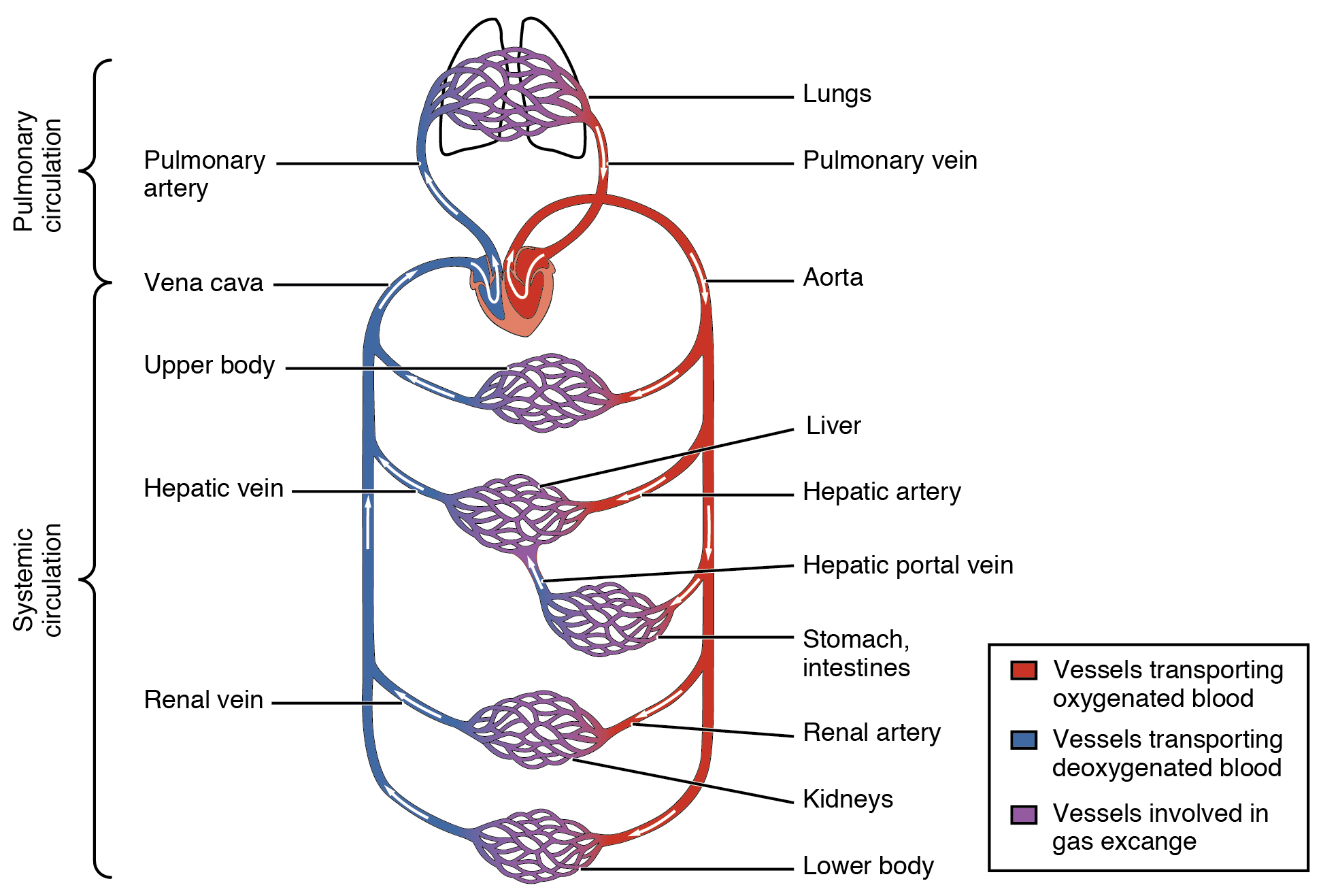
Structure And Function Of Blood Vessels Anatomy And Physiology

Solved Plasma Proteins That Remain In The Blood Capillaries Chegg Com
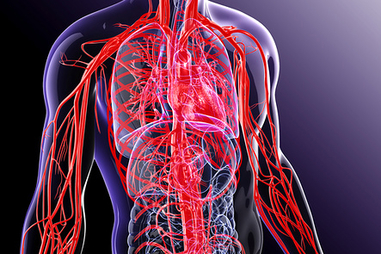
Blood And Blood Vessels Healthdirect

Structure And Function Of Blood Vessels Anatomy And Physiology

Urinary System In 2021 Nursing School Notes Medical Knowledge Medical Laboratory Science

Vascular System 1 Anatomy And Physiology Nursing Times
21 4 Blood Flow And Blood Pressure Regulation Concepts Of Biology 1st Canadian Edition

Genetically Engineered Nanohyaluronidase Vesicles A Smart Sonotheranostic Platform For Enhancing Cargo Penetration Of Solid Tumors Xu Advanced Functional Materials Wiley Online Library





Comments
Post a Comment